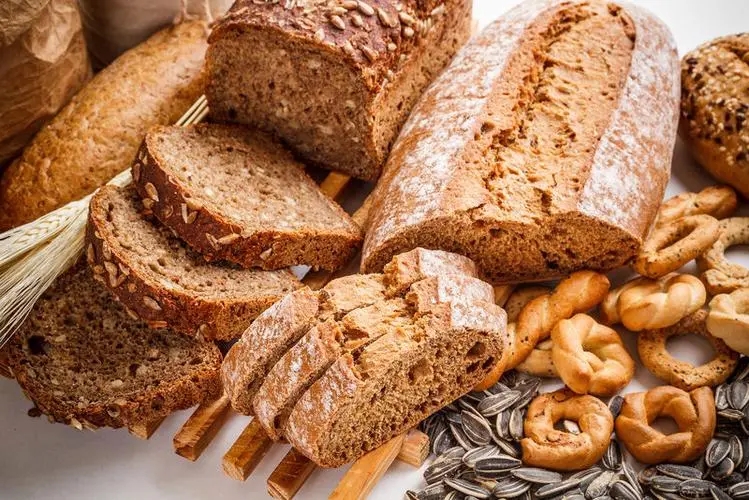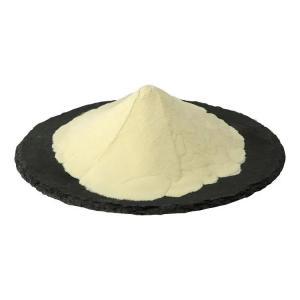Phosphatidylserine for Baked Goods,Improve Texture
Time:2024-07-18
Phosphatidylserine has good emulsifying properties and can form a stable emulsification system between fat and water. In the production of baked goods, this helps improve the uniformity and consistency of the dough, making it softer and easier to handle, thereby enhancing processability.
The appropriate addition of phosphatidylserine can enhance the elasticity and extensibility of the dough, allowing it to better maintain its shape and structure during baking, reducing the occurrence of collapse and deformation.
The moisture-retaining properties of phosphatidylserine help slow down the evaporation of water from the dough during baking, allowing the product to retain a moist texture for a longer period after baking. This is crucial for improving the overall quality of baked goods. By slowing down the aging process of the dough, phosphatidylserine also helps extend the shelf life of baked products, reducing dryness and hardening caused by moisture loss during storage.
The addition of phosphatidylserine not only makes baked goods softer and finer in texture, enhancing the consumer's eating experience, but also improves the layering of baked goods, making the texture richer and more diverse.
As a phospholipid, phosphatidylserine has potential benefits related to brain health. Adding it to baked goods can provide additional nutritional value, meeting consumer demand for healthy foods. It can also be used to manufacture functional baked products, such as nutrient-rich energy bars or nutritionally fortified cereal bars, to meet the health needs of specific populations.
When using phosphatidylserine to improve the texture of baked goods, it is necessary to experiment and adjust according to the specific recipe requirements and texture goals to ensure the best quality of the product. Additionally, relevant food regulations and safety standards must be followed to ensure the legality and safety of the product.
The application of phosphatidylserine in baked goods has significant texture improvement effects. It can enhance the processability, moisture retention, shelf life, texture, and flavor of products. It also has certain functional and nutritional advantages, providing new ideas and directions for the innovation and development of baked goods.


 CN
CN





